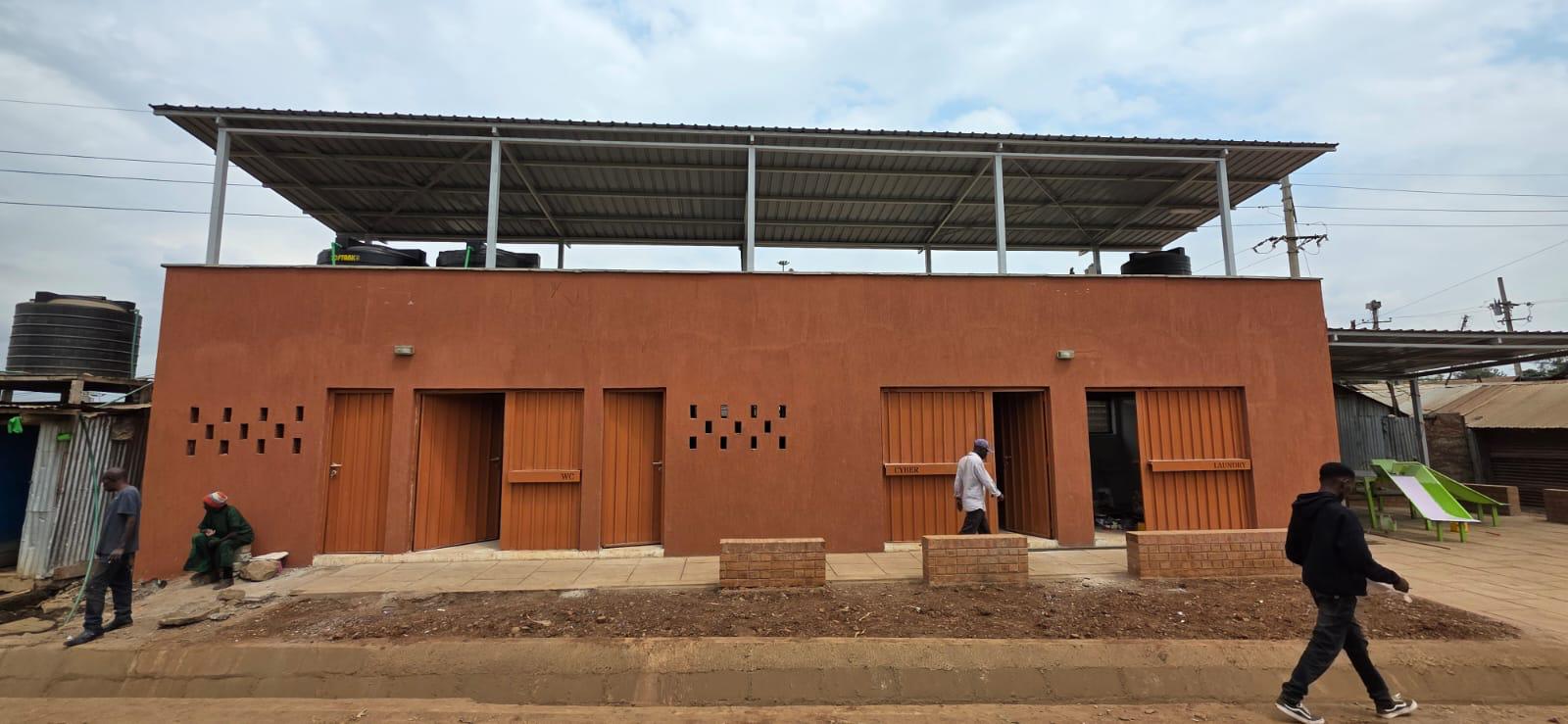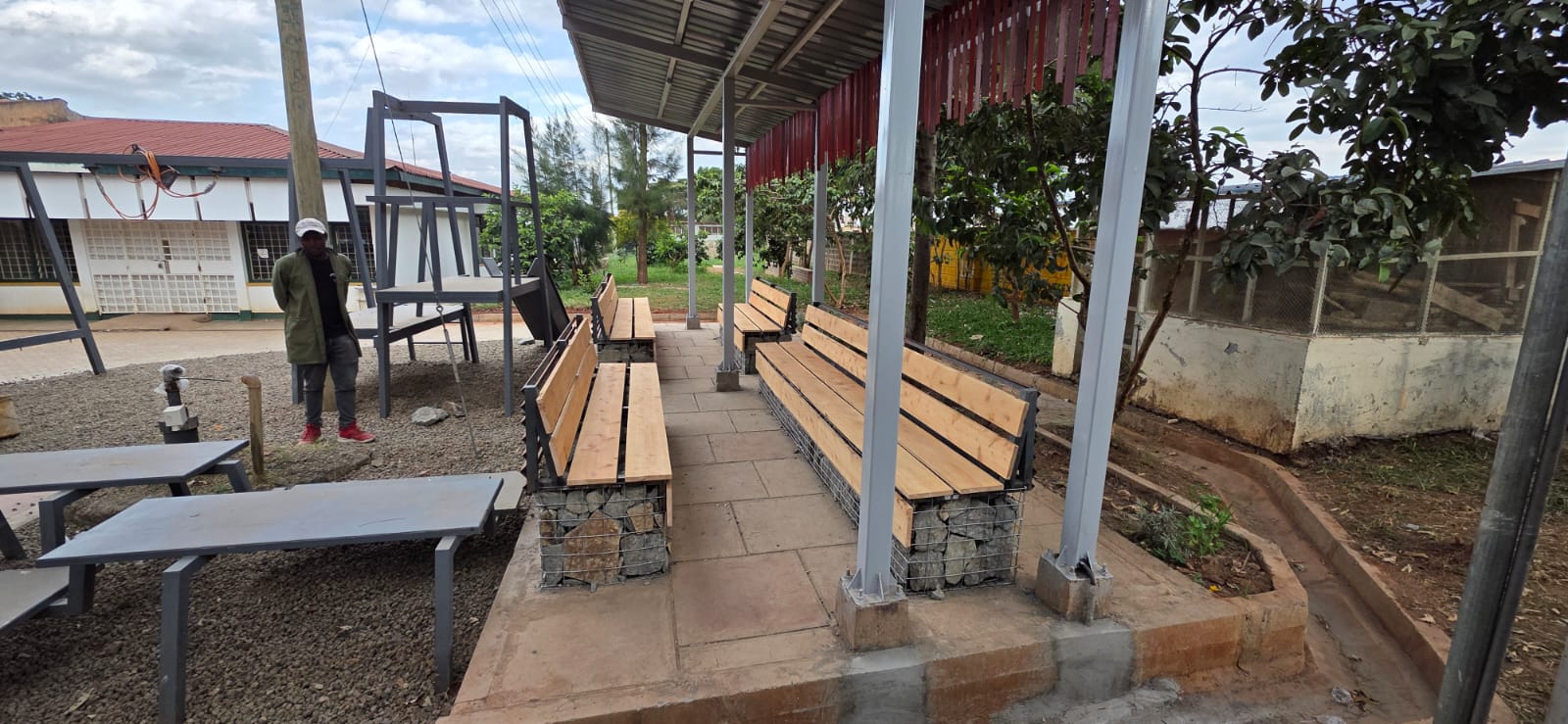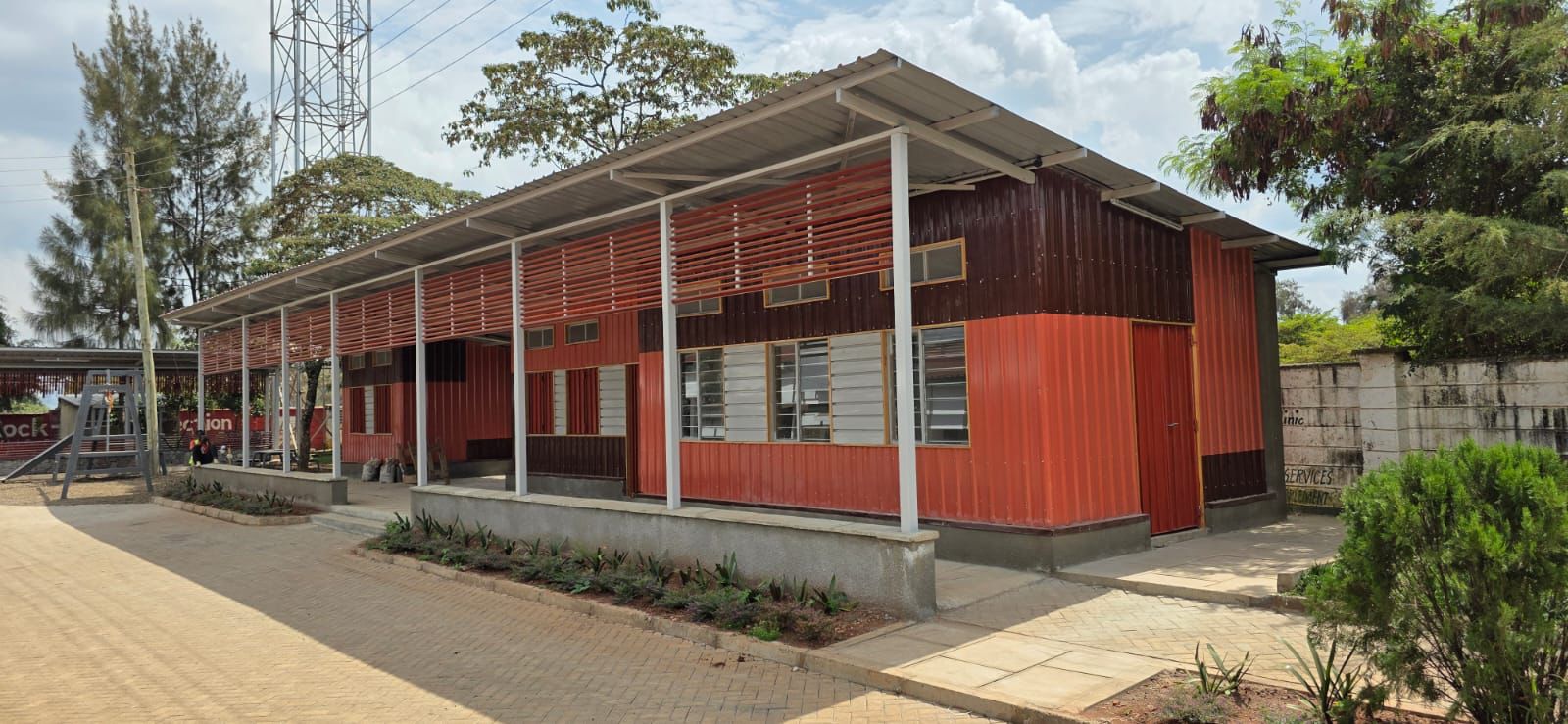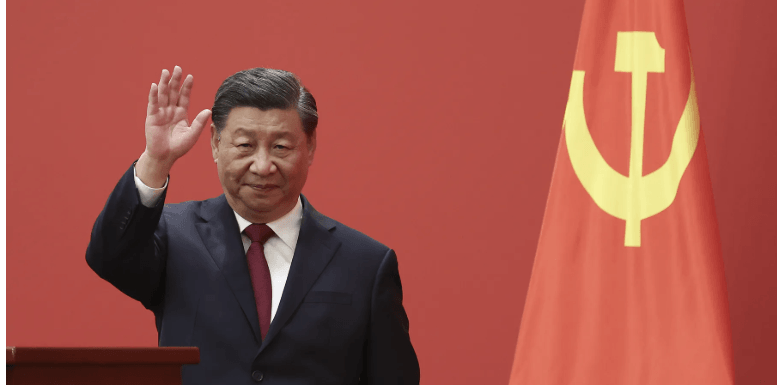
Informal settlements in Kahawa Soweto and Kayole Soweto are undergoing significant changes, driven by new projects under the Kenya Informal Settlements Improvement Project II (KISIP II).
At the centre of these efforts is the Urban Fabric
Initiative (UFI), a program aimed at improving living conditions in some of
Nairobi’s most underserved areas.
The initiative, led by the Housing and Urban Renewal
Department at Nairobi City County, is under the leadership of Chief Officer
Lydia Mathia.
It focuses on creating functional, safe, and dignified
spaces within informal settlements, including public toilets, cyber hubs,
community kitchens, lactation rooms, and children’s playgrounds.
“The Kenya Informal Settlements Improvement Project plays a pivotal role in the Urban Fabric Initiative by systematically addressing foundational challenges in these communities,” said Mathia.

“Through improved infrastructure, secure land tenure, and community-led development, we are turning marginalised areas into vibrant, dignified neighbourhoods.”
The initiative is supported by the Government of Kenya, the
European Union, and the Agence Française de Développement (AFD).
It is implemented in
partnership with the Nairobi County Government and organizations such as
Kounkuey Design Initiative and Slum Dwellers International.
Nairobi Governor Johnson Sakaja said the projects are not
just about new buildings, but also about empowering communities.
“These projects are more than structures. They are incubators for informal businesses and platforms for economic empowerment,” he said.

“By freeing up time for women and creating space for youth
mentorship and digital access, we’re building futures right where people live.”
In Kayole Soweto, residents recently saw the opening of new
public facilities including a social hall, a water purification station,
washrooms, a study area, and a computer lab, all aimed at addressing the lack
of clean water, safe study environments, and access to modern skills training.
The Housing and Urban Renewal Department plays a key role
not only in implementing these projects, but also in ensuring they are
sustainable.
According to Lydia Mathia, this involves working closely
with development partners, national agencies, and residents to align local
urban development goals with KISIP II’s broader mission.
Similar projects are also underway in other parts of Nairobi, including Embakasi Village, Kambi Moto, Spring Valley Kayole, and Mathare, focusing on infrastructure improvements such as roads, drainage systems, and street lighting.












